The Vijayanagara Kingdom: A Complete History, 1336–1672 CE
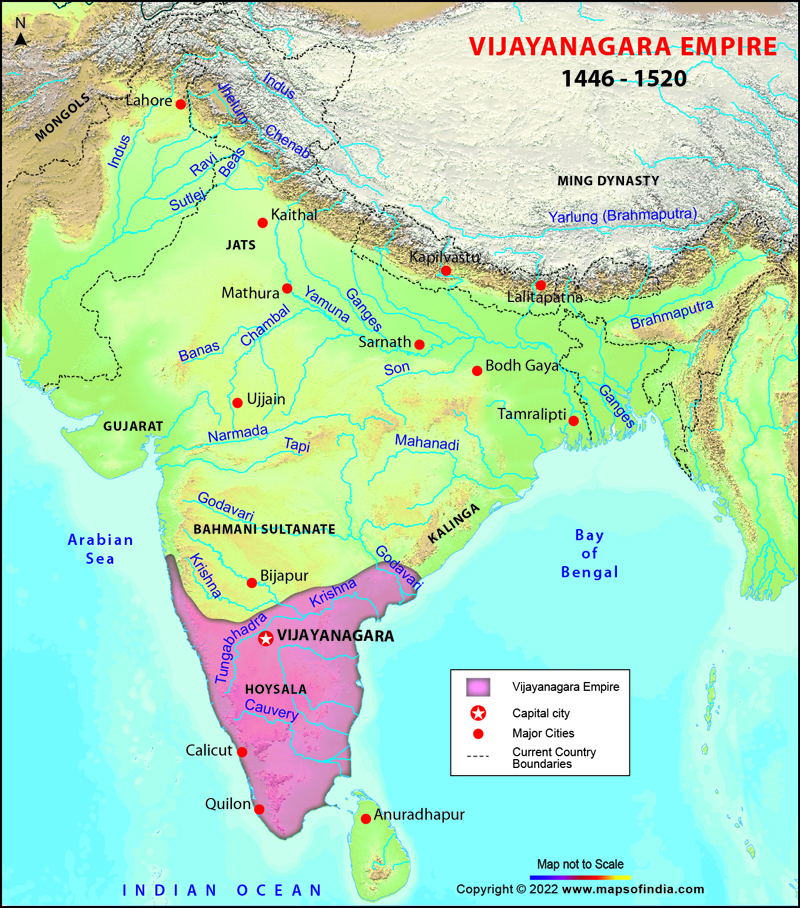
India was in a political upheaval at the start of the 14th century. The once-powerful Delhi Sultanate was in decline, and across the subcontinent, regional empires were beginning to take shape.
The establishment of the Vijayanagara Empire, which lasted for more than three centuries till its eventual fall in the late 17th century, occurred in this setting.
The Vijayanagara Kingdom’s beginnings, political and economic systems, society and culture, and final decline will all be covered in detail in this article.
Origins of the Vijayanagara Kingdom.
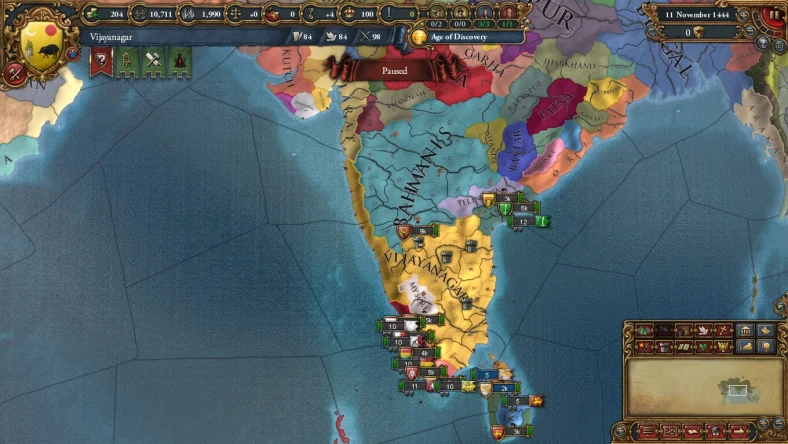
The Vijayanagara Kingdom was established in 1336 CE by two brothers, Harihara I and Bukka Raya I. These brothers had previously served as governors of the Hoysala Empire,
which had ruled parts of modern-day Karnataka and Tamil Nadu.
However, the Hoysala Empire was in decline, and the brothers saw an opportunity to establish their own power base.
The brothers’ initial capital was located at Anegondi,
but it was soon moved to the site of the present-day city of Hampi.
Over the years, the kingdom expanded its territory to cover large parts of modern-day Karnataka, Andhra Pradesh, and Tamil Nadu. At its height, the Vijayanagara Kingdom was one of the most powerful and wealthy states in South India.
Political and Economic Structures.
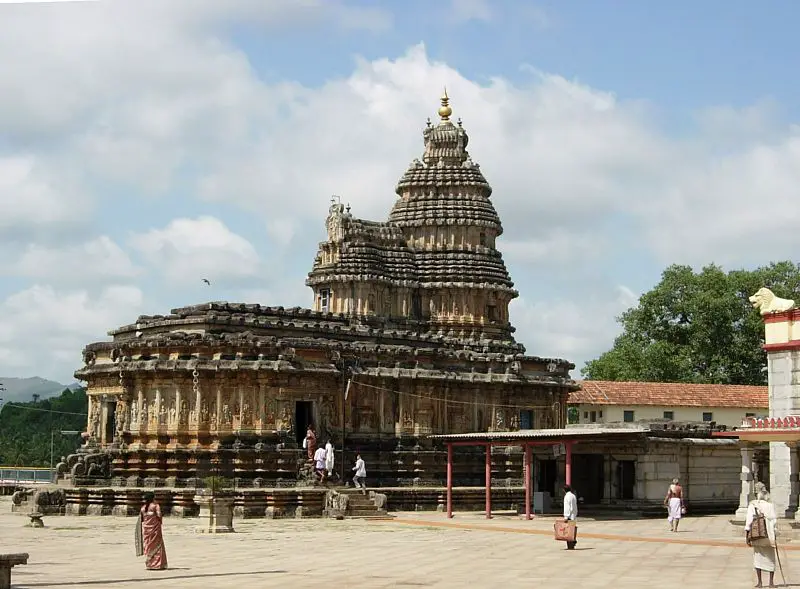
The Vijayanagara Kingdom was a Hindu state, with the kings and most of the populace subscribing to the Vaishnava faith. The king held absolute power in the kingdom’s highly centralized political system. Nonetheless, a number of officials and bureaucrats also contributed to the management of the kingdom.
Agriculture was one of the Vijayanagara Kingdom’s most significant economic pursuits.
The kingdom was endowed with the fertile territory and a good monsoon climate,
which allowed for the growth of a variety of crops, including rice, sugarcane, and cotton.
The kingdom also had a thriving trade network, with goods such as spices, textiles,
and precious stones being exported to various parts of the world.
Society and Culture.
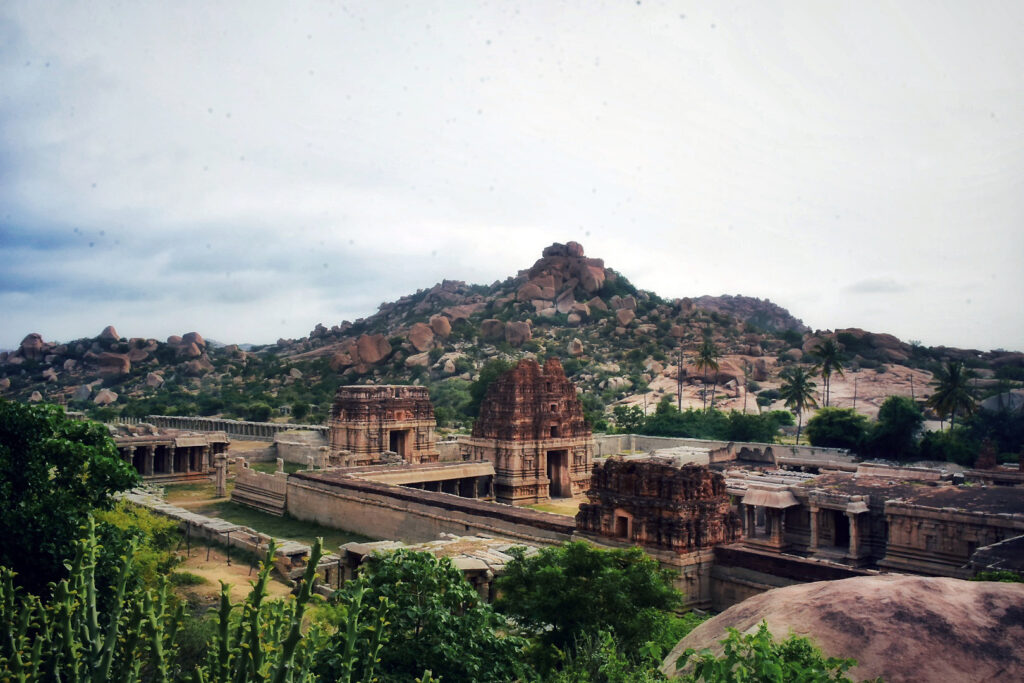
People from different castes, faiths, and geographical areas coexisted in the Vijayanagara Kingdom, which had a very diversified population. But the Vaishnava religion predominated,
and many of the most well-known temples and artwork in the empire were made in honor of
Vishnu and his many avatars.
The “star-shaped” layout is one of the most distinctive aspects of Vijayanagara art and architecture. This strategy entailed positioning numerous buildings in a star-like configuration around a central location. Instances of this can be found in Hampi’s renowned Virupaksha Temple.
The Decline of the Vijayanagara Kingdom.
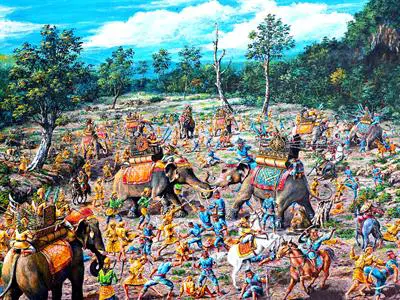
The Vijayanagara Kingdom began to decline in the 16th century, due in large part to a series of military defeats.
At the Battle of Talikota in 1565, the kingdom was severely defeated,
losing a large portion of its land as well as several of its cities.
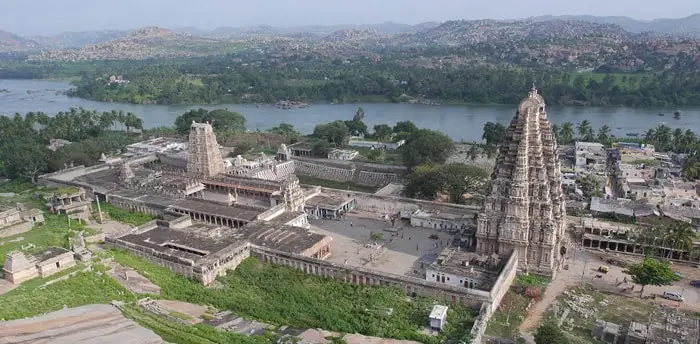
The Vijayanagara Kingdom progressively declined after this battle, and the Mughal Empire eventually seized it in the late 17th century.
Conclusion
South Indian history and culture were profoundly influenced by the interesting and powerful Vijayanagara Empire.
Its legacy can still be seen in the many temples, sculptures, and other works of art that survive to this day.
Although the fall of the kingdom was a tragic event, its memory endures and continues to influence historians, artists, and academics.
For more historical content do check out my other blog – India’s Ideological Subversion: The Clash of Nationalism and Colonialism
Thank You for Reading!

[…] the different Empires of India From Vijayanagara Empire of the south to the Mughal Empire to the […]
[…] Shahi and in present-day Andhra, there was qutub shahi and in the south, there was the declining Vijayanagar Empire which was very weak at that […]
[…] Vijayanagara Empire was born as an impressive Hindu empire under the direction of the two brothers Harihara Bukka and […]